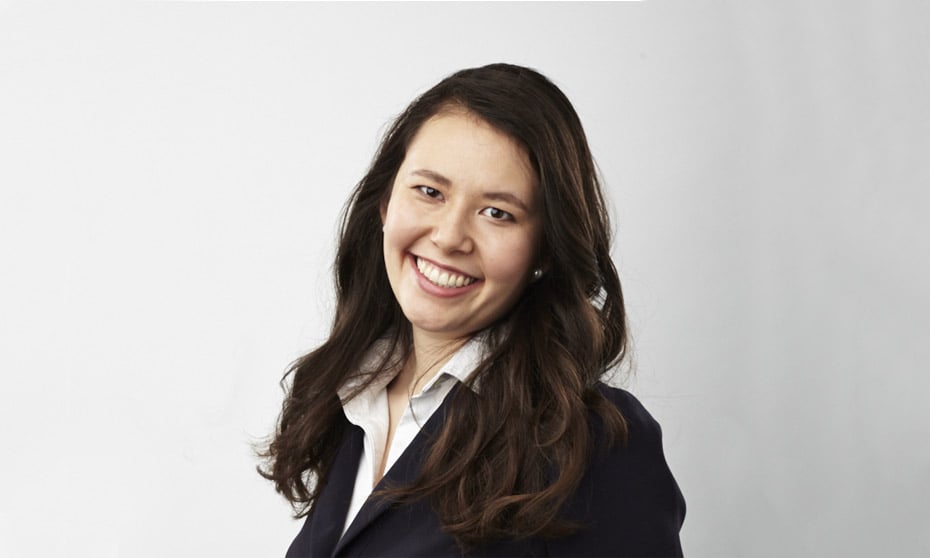
Maps and summaries, summaries and maps. A couple of practice exams, some group-study sessions, maybe even a flash card pack. But for the most part, maps and summaries are how law school exam preparation gets done. And that, my fellow Ls of all years, is a crying shame.

Maps and summaries, summaries and maps. A couple of practice exams, some group-study sessions, maybe even a flash card pack. But for the most part, maps and summaries are how law school exam preparation gets done. And that, my fellow Ls of all years, is a crying shame.
For the uninitiated, a summary is a Word document often running 100 pages or more, in which every case discussed in a given class is broken down into facts, ratio, the court’s analysis and the professor’s gloss. A map is much more succinct, containing only the main tests and takeaways of the course, with case names listed as examples. It’s often printed out and brought into open-book exams, and then passed along to classmates taking the same course the following term.
It’s not that maps and summaries are bad: compiling a map helps to synthesize all the important cases in, say, administrative law, and can serve as an excellent security blanket during the exam. But it’s so easy to compile a map in slap-dash, sleep-deprived, coffee-fueled haze, not really absorb the material, but still feel you’ve put in a good day’s work.
For starters, it’s highly unlikely you’ll begin map-making without downloading a few upper-year maps as guides. So, when you get to a part of the course you don’t fully understand — say, what constitutes a true question of jurisdiction in standard of review analysis — it’s easy to copy and paste notes from the kindly upper-year’s map, reformat it so it blends in with your work, and carry on your merry way.
Plus, there’s no guarantee your mapmaker guide fully understood the questions you’re grappling with either. Fun fact: some medieval scribes were actually illiterate and therefore faithfully copied every error into the texts they were creating. Microsoft Word is similarly content-illiterate, and copy-pasting sections of other students’ maps will transcribe every poorly explained ratio exactly.
Instead of — or at least in addition to — the classic summary and map mix, I urge you to consider the humble whiteboard. I’ve long had a small whiteboard in my bedroom, which I use for grocery lists, to-do lists, holiday gift lists. Really, lists of any kind. But when, in March of my 1L year, I noticed the sprawling whiteboards in three group study rooms at the law school library, something clicked. Their empty expanses were just calling to be filled with something more interesting than grocery lists, and more comprehensible than the formulae scrawled but not erased by invading SNAILS.
In all seriousness, whiteboard studying is enormously underrated. It’s similar to traditional map-making in that you’re condensing the term’s material into key takeaways illustrated by leading cases, but it’s done in dry erase markers and not on a keyboard. Crucially, whiteboarding can only be done in a limited number of places. At the U of T law library, there are just three study rooms featuring whiteboards, and they can only be booked for two hours a day. This sets an external limit on procrastination: sure, you could take that Buzzfeed quiz right now, but then you might be kicked out of the room before your whiteboard map is done.
The tactile nature of whiteboard studying is also key. While I rarely attempt a whiteboarding session without an upper-year map loaded on my laptop, it’s impossible to copy and paste their notes onto the board. You also don’t have time to write out each sentence exactly. So, you’re forced to read, check, synthesize and summarize before adding a section to the board.
Whiteboarding also makes it easier to see the big picture. When a case at the end of the chapter tied into a concept that came up at the start, draw some arrows, match up the colours and the connection remains obvious when you come back for round two of review. Plus, there’s something satisfying about taking a step back and seeing a wall-sized whiteboard covered with colour-coded proof of your diligence.
After your two hours expire, it is essential to take a photo of your efforts (and erase the board). The next step is traditional map-making, but the hard part will already be done.